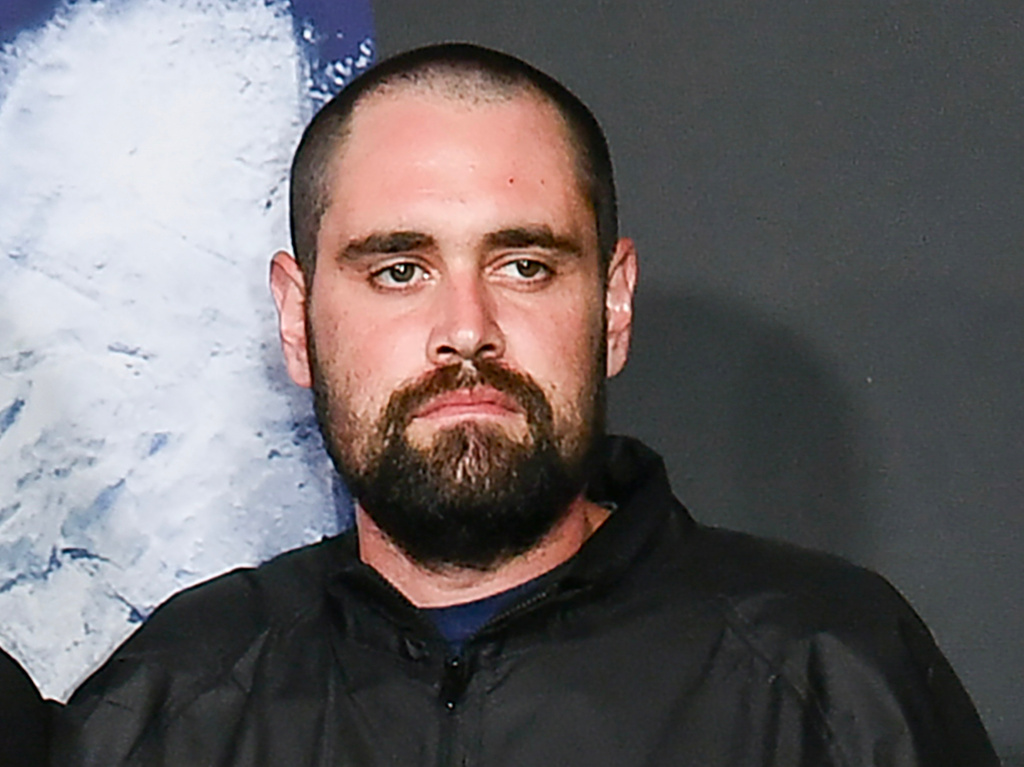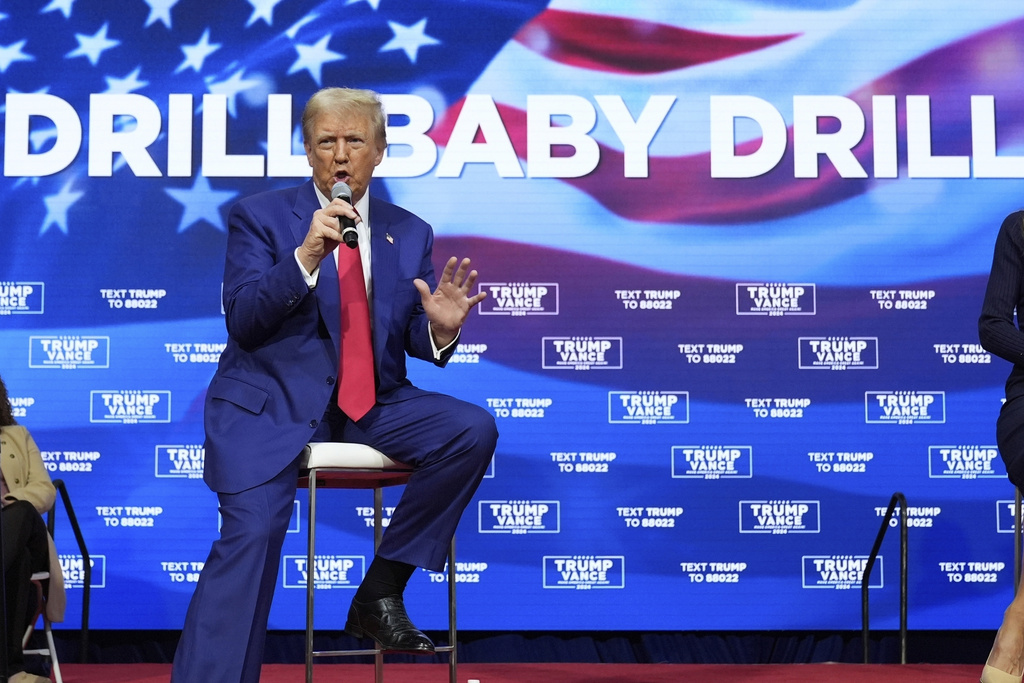When President Trump introduced a ban on most transgender troops from serving in the military, he cited "tremendous medical costs and disruption" as the reasons. But there's conflicting data on exactly how expensive it is.
The RAND Corporation, a federally-funded think tank, says the cost would be minimal. In the group's 2016 study, researchers wrote it would increase the annual $6 billion healthcare budget by between $2.4 million to $8.4 million. The group also suggested that the medical treatments would limit between 25 and 130 active-duty soldiers from deployment. By contrast, there's 50,000 active-duty troops in the Army that can't deploy for other reasons.
But a Pentagon study that came out two years later suggested otherwise. That analysis, carried out under the direction of then-Secretary of Defense Jim Mattis, argued "transition-related treatment is proving to be disproportionately costly on a per capita basis, especially in light of the absence of solid scientific support for the efficacy of such treatment." It was that research that ultimately influenced President Trump's decision.
The Supreme Court ruled that the ban can remain in place as it faces lower court challenges. Cost alone is not the only reason the Trump Administration pushed for the policy, but the argument over it will be a central focus as it works its way through the courts.
Though there are a lot of questions about what could happen to transgender troops currently in the military, some experts say discharging them would be more expensive than keeping them on. After the ban was introduced, a report put together by current and former Naval Postgraduate School professors said discharging transgender troops would cost the military $960 million. Aaron Belkin, one of the report's co-authors, wrote "American taxpayers should ask the president, who is proud of his business savvy, why he’s spending a dollar to buy a dime.”











